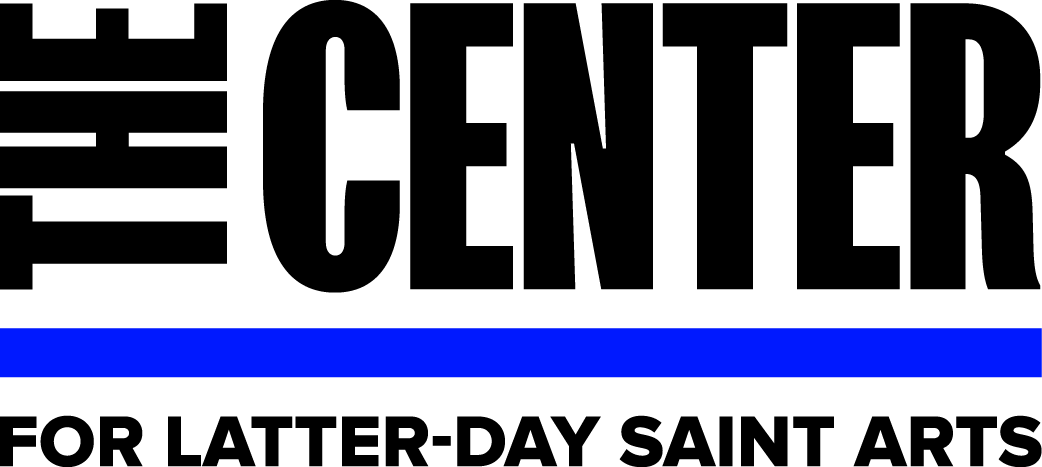The Jewish Museum
When the Mormon Arts Center founders looked for precedents for their budding endeavor, they often seized upon the Jewish Museum as one parallel. Though light years ahead of us in size and scope, the Jewish Museum organizers were motivated by the desire to explore the culture and art of a people rooted in a religio-- just as we were. We were curious to know how the Jewish Museum started. What obstacles did it have to overcome? What could its history teach us?
I approached Morris Offit former chairman of the Board of Trustees and a long-time supporter of the Museum to ask his help. He graciously agreed to speak to the Mormon Arts Center Advisory Board, a thirty-member group that advises the Board of Directors on future plans. We
were admitted two hours before the Museum’s opening hours and ushered into a large room used for receptions and lectures where we sat around a hollow-square of tables with a pad and pen at each place.
Members of the Executive and Advisory Boards meet with Morris Offit, former chairman of the Jewish Museum, located on the Upper East Side, NY.
For an hour and a half, Mr. Offit and the director of development answered our questions and gave us an abbreviated account of the Museum’s history. Founded in 1904, It began as an effort to display and care for valuable books and manuscripts in the collection of the Jewish Theological Seminary. Gradually the Museum evolved into an independent institution housed in the Felix Warburg Mansion on Fifth Avenue not far from the Guggenheim Museum and within New York’s famed Museum Mile. In 1993, the building was expanded and upgraded, financed by donors led by Dorothy Rodgers, the widow of the Broadway composer Richard Rodgers.
Besides mounting stylish, well-reviewed exhibitions, the Museum sponsors extensive education programs. In some synagogues, Jewish children receive a Museum membership at the time of their bar or bat mitzvahs. The museum can now report that “for more than a century, the
Jewish Museum has illuminated art and Jewish culture from biblical times to the present.” On an abbreviated time-scale, we might aspire to a similar achievement.
Executive and Advisory boards tour The Jewish Musuem
Richard Bushman



